| Structure | Name/CAS No. | Articles |
|---|---|---|
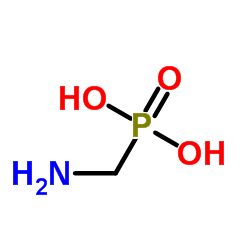 |
Aminomethylphosphonic acid
CAS:1066-51-9 |
|
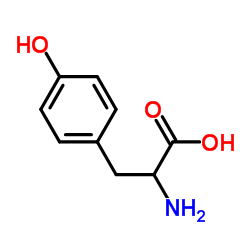 |
DL-Tyrosine
CAS:556-03-6 |
|
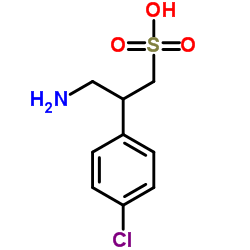 |
Saclofen
CAS:125464-42-8 |
|
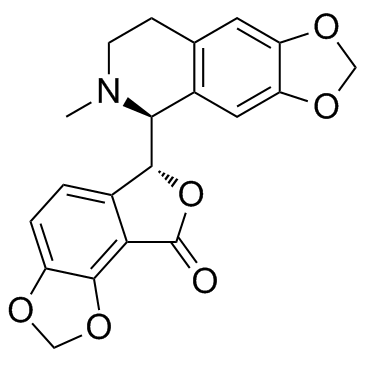 |
(+)-Bicuculline
CAS:485-49-4 |
|
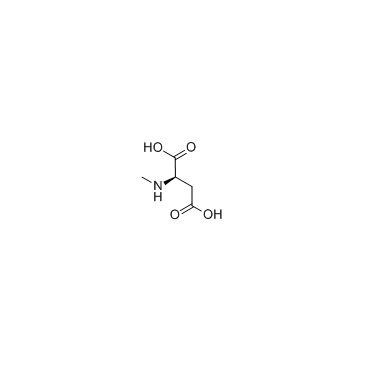 |
N-Methyl-D-aspartic acid
CAS:6384-92-5 |
|
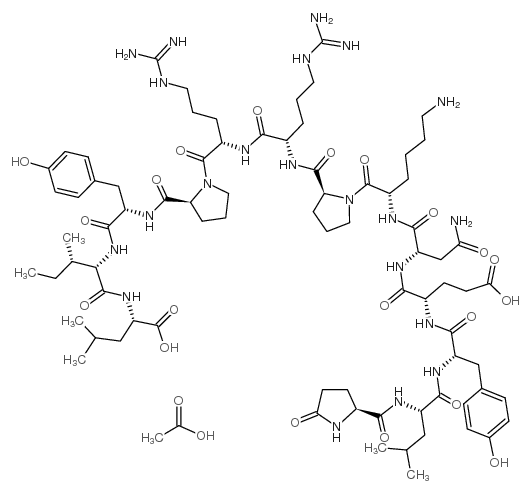 |
Neurotensin
CAS:58889-67-1 |